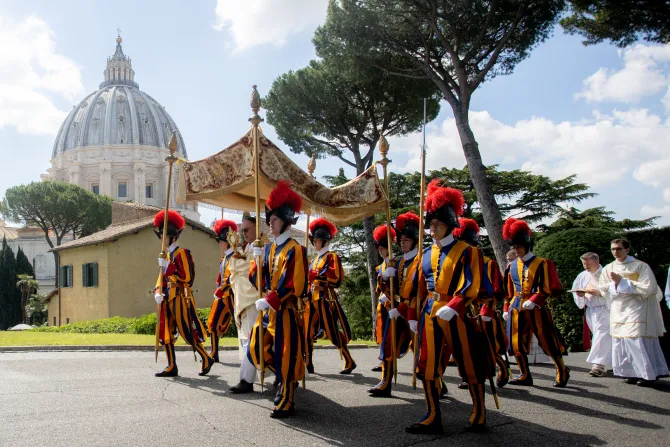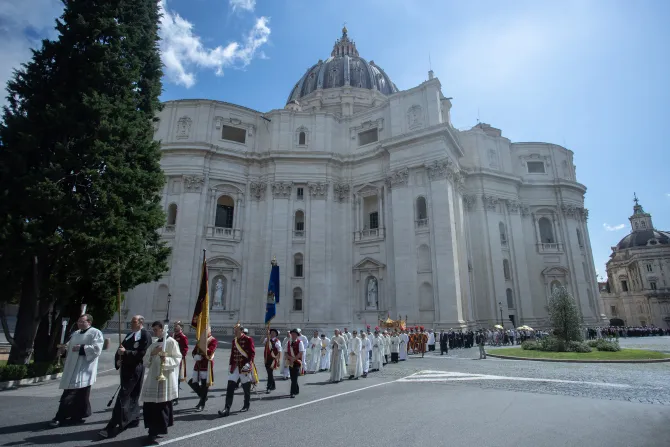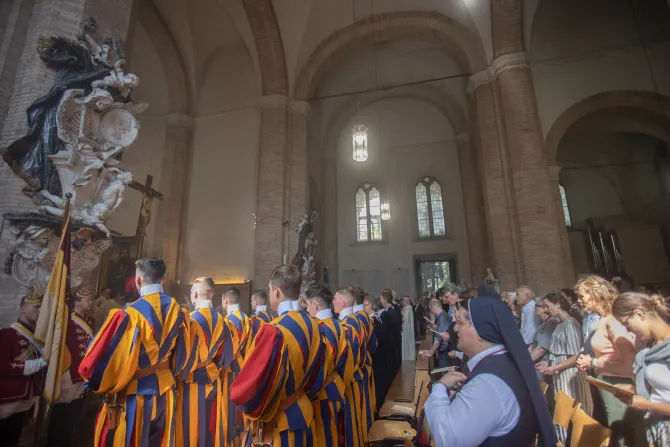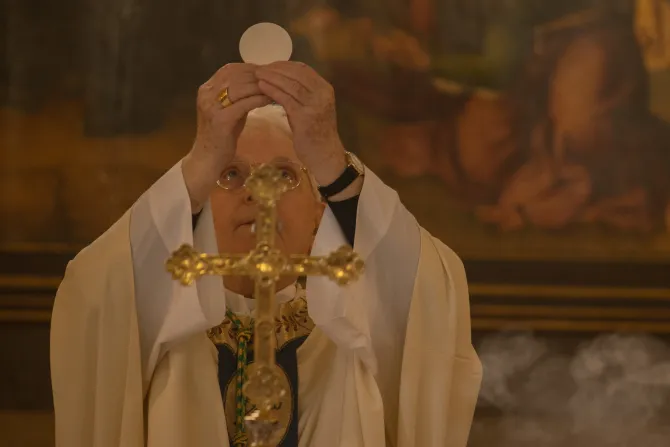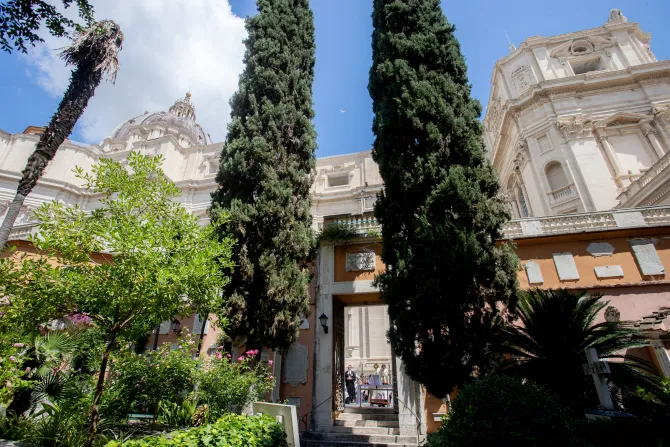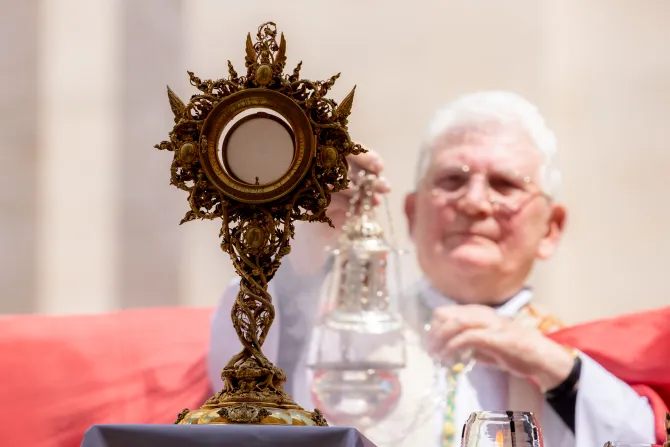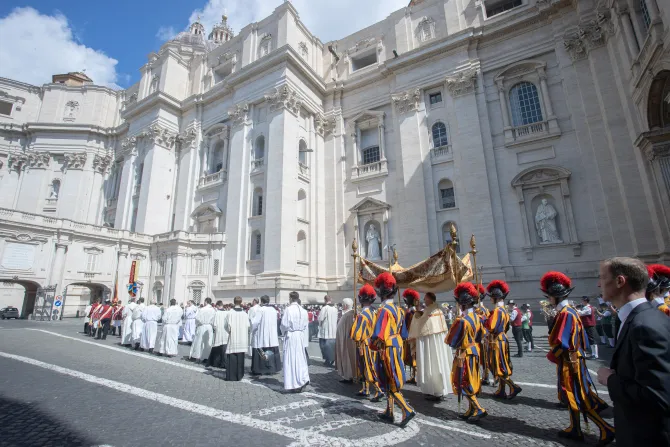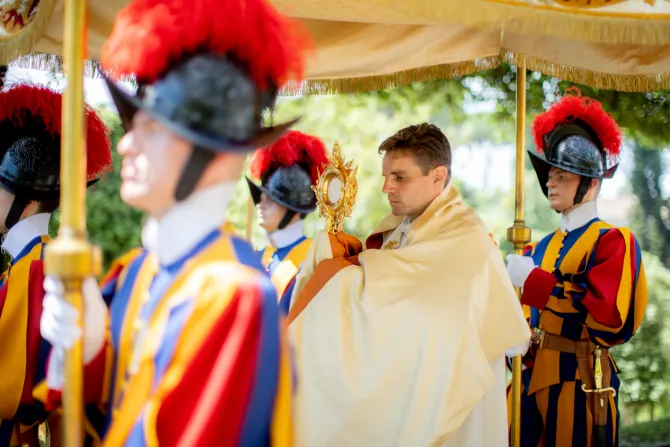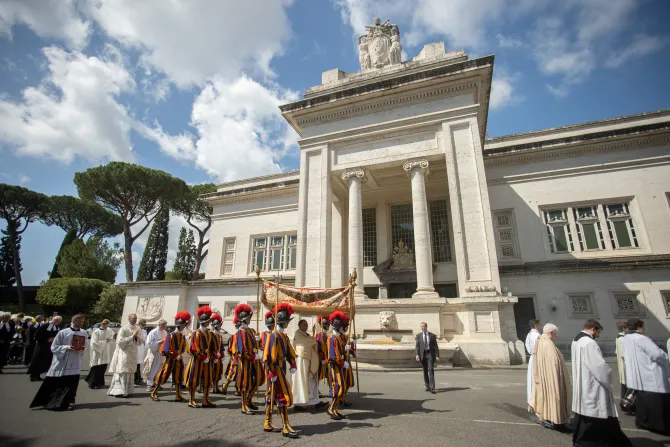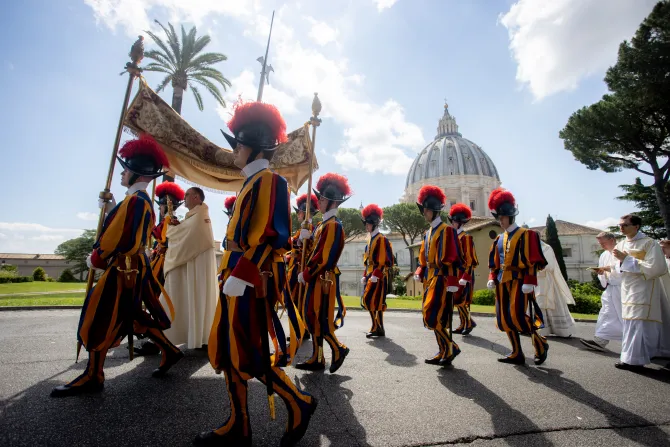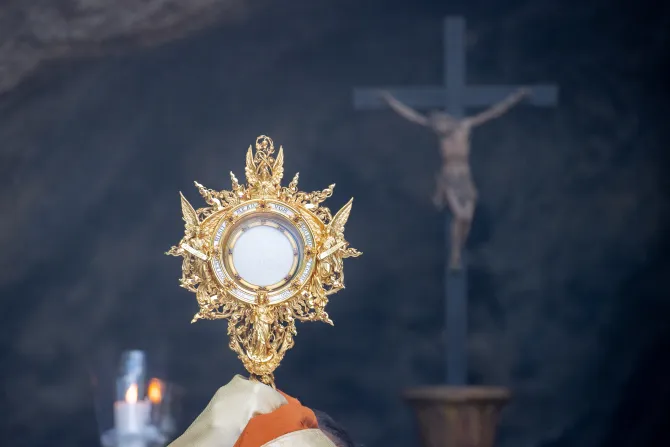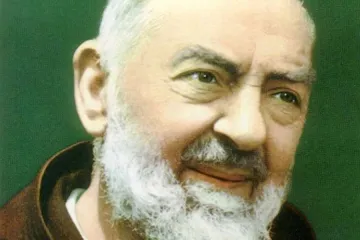Vatican City, Jun 12, 2023 / 05:00 am
On the Solemnity of Corpus Christi, a German bishop led a eucharistic procession through the Vatican Gardens.
Corpus Christi, also known as the solemnity of the Most Holy Body and Blood of Christ, is a 700-year-old feast in the Catholic Church that commemorates the real presence of Jesus in the Blessed Sacrament.
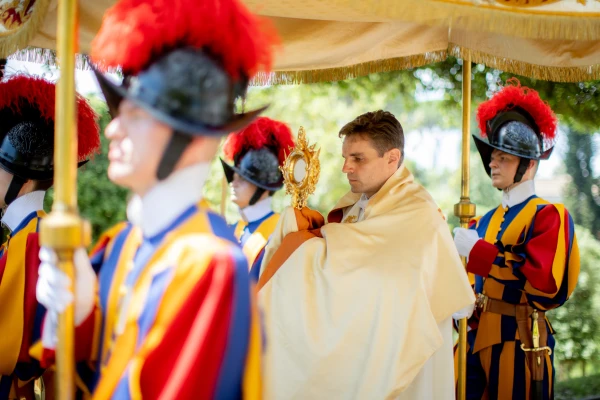
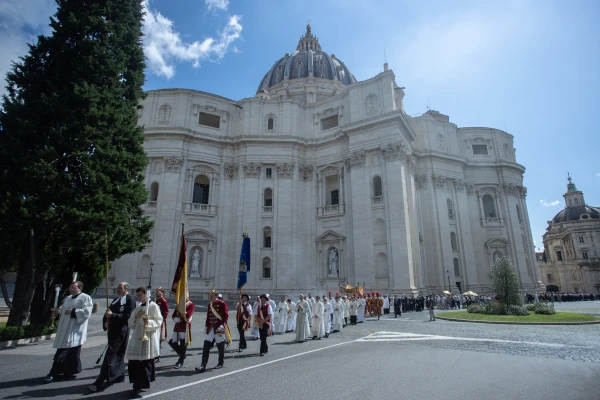
Pope Urban IV officially established the feast in 1264 following a eucharistic miracle in the Italian town of Bolsena. Today the feast of Corpus Christi is commonly used as an opportunity for public eucharistic processions, which serve as a sign of common faith and adoration.
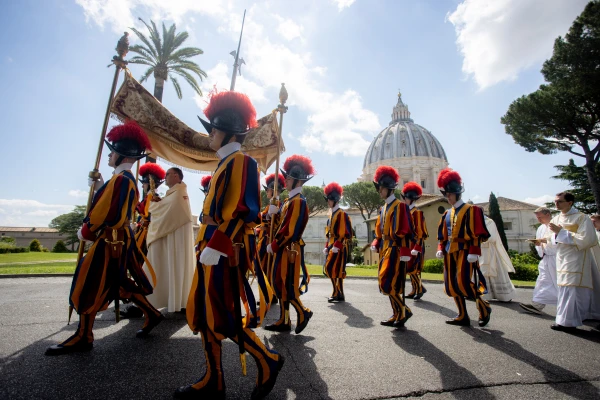
The Vatican procession on June 11 began immediately following a Mass in the Church of Our Lady of Mercy by German Teutonic Cemetery offered by Bishop Josef Clemens.
Clemens is the secretary emeritus of the Pontifical Council for the Laity and served as Cardinal Joseph Ratzinger’s personal secretary from 1984 to 2003.
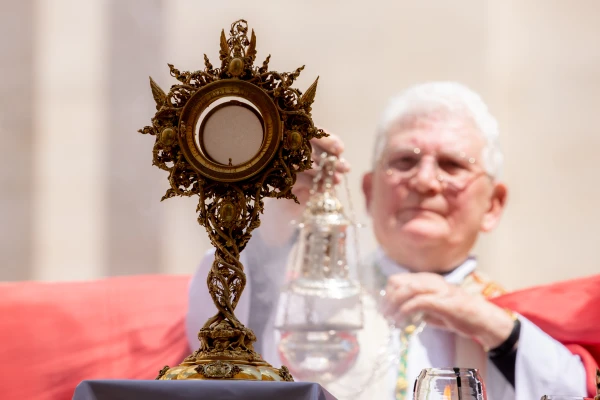
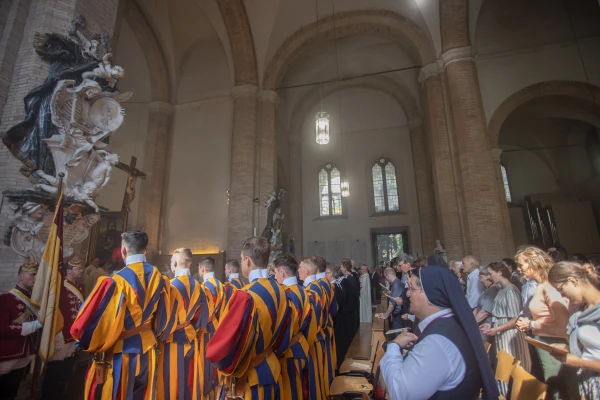
The procession ended the Vatican’s Lourdes Grotto, a replica of the grotto in Lourdes, France, where the Blessed Virgin Mary appeared to St. Bernadette Soubirous in 1854. Pope Leo XIII commissioned the replica of the Lourdes Grotto in 1902 when the pope was a prisoner of the Vatican.
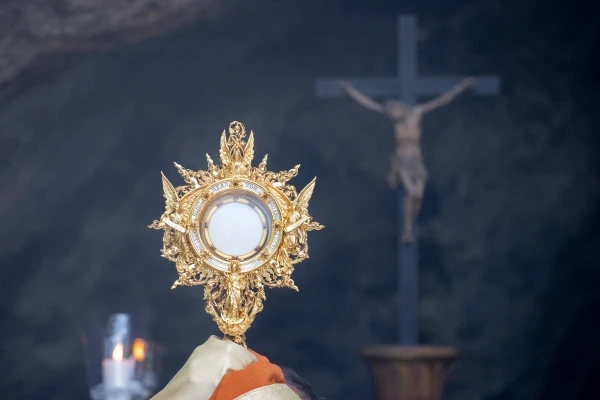
Pope Francis, who in past years has led a eucharistic procession in Rome for the feast, was recovering in the hospital on Corpus Christi after a three-hour surgery for an incisional hernia on June 7.
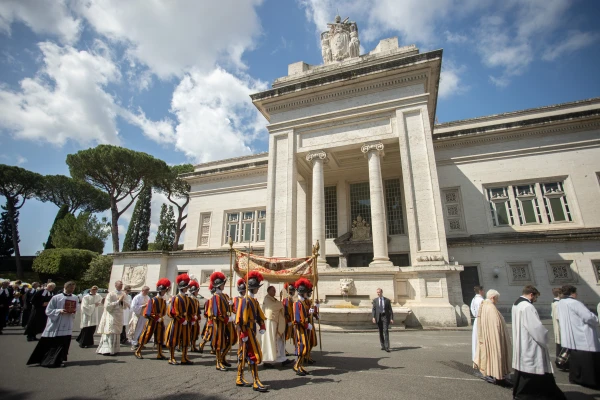
Vatican spokesman Matteo Bruni said on June 11 that Pope Francis’ “postoperative progress is normal.” He added that the pope watched Sunday Mass on television and received the Eucharist in his hospital room before praying the Angelus in the papal medical suite chapel and eating lunch with some hospital staff.
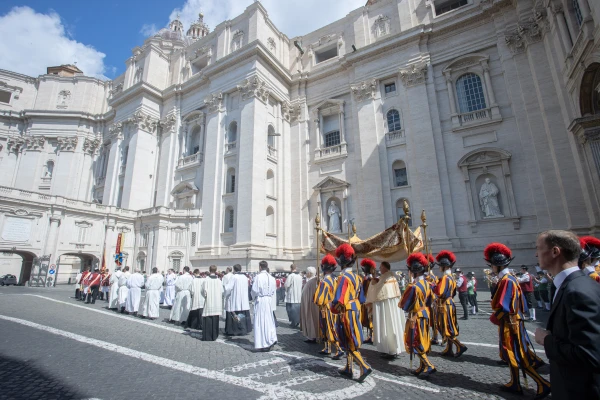
(Story continues below)
The 86-year-old pope is expected to remain recovering in Rome’s Gemelli Hospital for the next week. The Vatican has canceled all of the pope’s audiences, including his Sunday Angelus address, until June 18.


